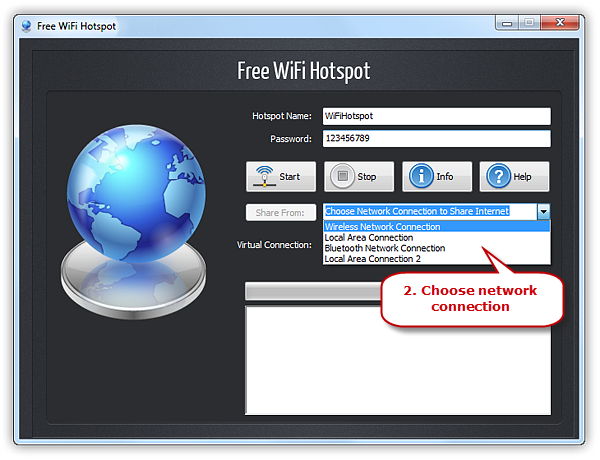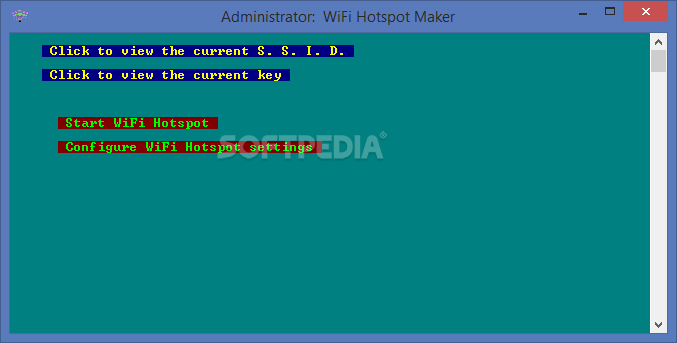
Roman (GLR) which prevents ESXi-Customizer to successfully create an ISO file.

If you find ESXi-Customizer useful consider donating a small amount to motivate the author and support the further development.The customized ISO file that is produced by the script will be stored in the working directory, together with a detailed log file (that is necessary for troubleshooting in case something goes wrong).Enter the credentials of an administrative user if needed and select Yes to continue. If you try to customize an ESXi 4.1 media and you do not have administrative privileges or have UAC (User account control) enabled in Windows you will be prompted to allow the script to run with administrative access.The script will auto-detect the ESXi version.Press the Run!-button to start the customization process.Please use the update check feature if possible to be informed about updates of this script.Hover your mouse over these options to get tooltips displayed with information on their purposes. For TGZ files you can choose a repacking option: The default is Force repacking, because this is how older versions behaved, other choices are Do not touch and Force repacking and pause for advanced editing.A GUI will show up that lets you select the original VMware install-ISO, the customization file and a working directory for the script.Run ESXi-Customizer.cmd from the installation directory.Unpack the archive to a directory of your choice. Since version 2.0 it is distributed as a signed self-extracting archive (created with 7-zip).




 0 kommentar(er)
0 kommentar(er)
